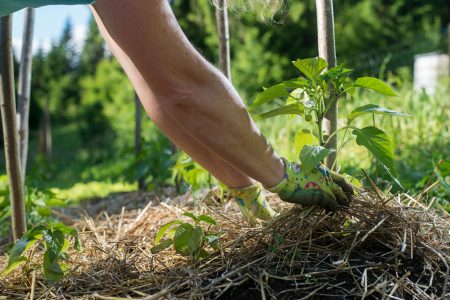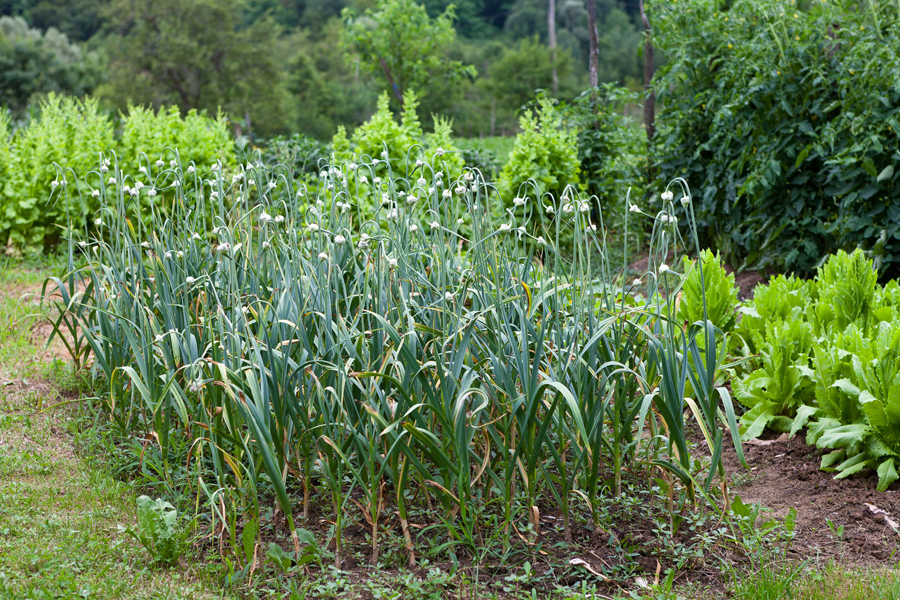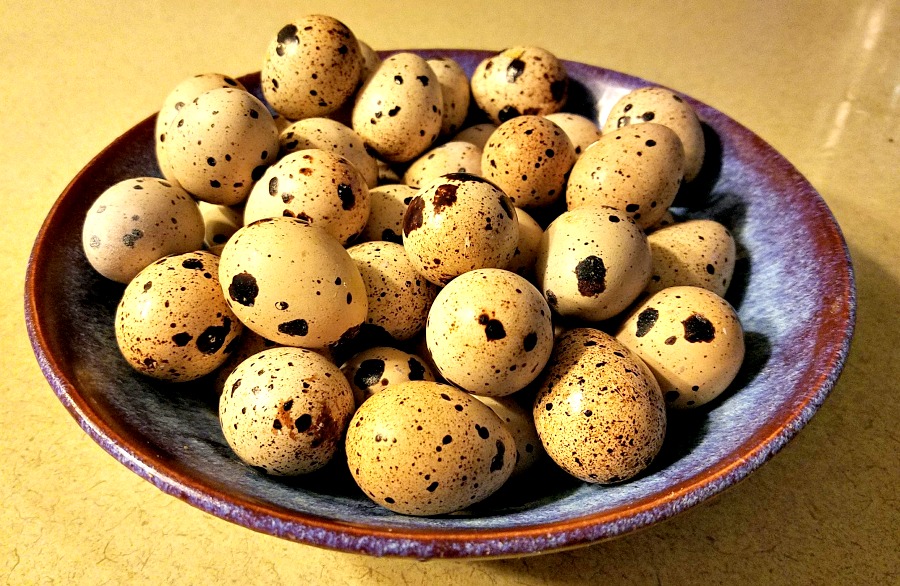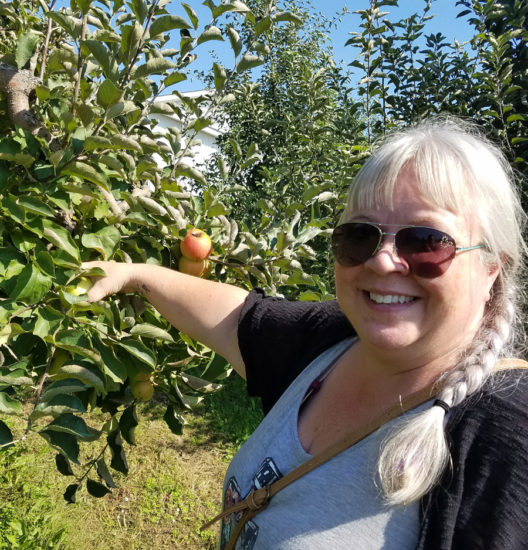Key Points of Permaculture for Women Over 50
We are part of a culture that advocates limitless economic and material growth, regardless of the destruction to the environment created in the process. However we cannot maintain our quality of life, the diversity of life here on earth, or her ecosystems unless we embrace sustainability.
There are indications on the smallest to the largest scale that sustainability is something we must address. We will run out of fossil fuels. Thousands, if not millions, of animal species will become extinct. We will run out of lumber. We will damage the atmosphere beyond repair… If we don’t change.
And the root of that change lies in understanding and striving for sustainability—in our own homes and gardens.
This post may contain affiliate links for your convenience. If you purchase an item after clicking a link I may make a teeny tiny commission at no extra cost to you. Click here to read my full disclosure policy.
It has been our generations – the Gen Xers and the Boomers – who have wrecked this havoc and we must do what we can, with the time we have remaining, to rectify the damage.
We are part of the problem but also living sustainably will actually help us live more fully.
As women over 50 – planning our gardens, homesteads, farms and even city balconies with a permaculture minded view will allow us to continue to get outside, dig in the dirt, care for our pets and livestock, and use this work to remain healthy and fit. Not to mention feeding ourselves and our families wholesome, nutritious foods.
The very idea of permaculture is based on taking responsibility for our actions.
The first ethical basis for action is caring for the earth – without a healthy earth we cannot have healthy people.
The second ethic is caring for people – to live sustainably in a low energy future will require a co-operative approach that places the orientation on the collective as opposed to the individual.
And the third ethic is fair share – this ethic emphasizes the need to reduce our footprint on the earth in terms of our consumption of materials. Also returning any profit to continuing the cycle of ethics here.
Permaculture design systems are based on observations of natural eco-systems. They help us to work WITH nature not against her. They help us use fewer resources while setting up a system that will remain rather than need to be re-created year after year.
Key Points of Permaculture
Perennial Crops
Did you know that tilling the ground once or twice a year is NOT good for the soil?
Instead permaculture suggests planting perennial crops that are planted just once, rather than annual crops which require constant tillage. Agroforestry, or food forests, suggest the cultivation of edible tree crops and associated understory plants.
Multiple Functions
One of the more original ideas of permaculture is that every component of a structure or a landscape should fulfill more than one function. For example, if you need a fence to contain animals, you might design it so that it also functions as a windbreak or a trellis.
A rain barrel can be used to raise aquatic food plants and edible fish, in addition to providing water for irrigation.
Eco-Earthworks
Water conservation is a major focus on permaculture farms and gardens, where the earth is often carefully sculpted to direct every last drop of rain toward some useful purpose.
This may take the form of terraces on steep land or swales on moderately sloped land (which are broad, shallow ditches intended to capture runoff and cause it to soak into the ground around plantings).
Let Nature Do the Work for You
On a practical basis, this idea is carried out with things like chicken tractors, where the natural scratching and bug-hunting behavior of hens is harnessed to clear an area of pests and weeds in preparation for planting.
Once a permaculture farm is fully functioning, in principle, nothing needs to be brought into the system as it supplies all of its own requirements.
Food for humans, animals, soil and plants are produced by the plants and animals themselves. The sunlight and water that enters the property is captured in a way which maximizes its potential.
It has three core tenets, which is to care for the earth, care for the people and return of surplus. These tenets are self-explanatory. It also has twelve design principles, which I won’t go into here, but which provide a guiding template for developing each unique permaculture system.
“Permaculture is a design science. It’s a system that supplies all the needs of humanity – all the basic needs and all the intricate needs – in a way that also benefits the environment” – Geoff Lawton
While many home gardeners won’t be able to make use of all available permaculture design ideas we can, and should, consider using as many as possible.
What could you change in and around your home to live more sustainably?
Some of my favorite permaculture books:
Gaia’s Garden: A Guide to Home-Scale Permaculture
Permaculture: A Designers’ Manual
The Resilient Farm and Homestead: An Innovative Permaculture and Whole Systems Design Approach
Practical Permaculture: for Home Landscapes, Your Community, and the Whole Earth



